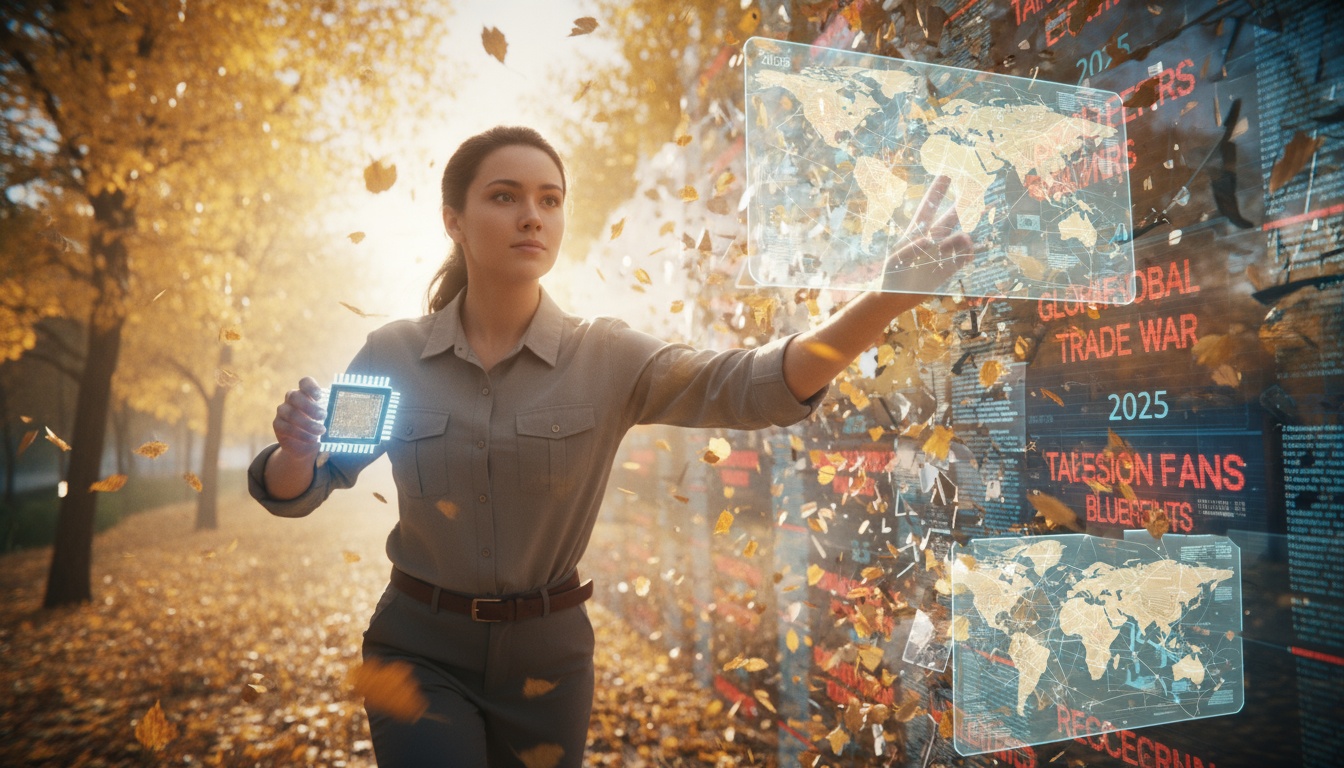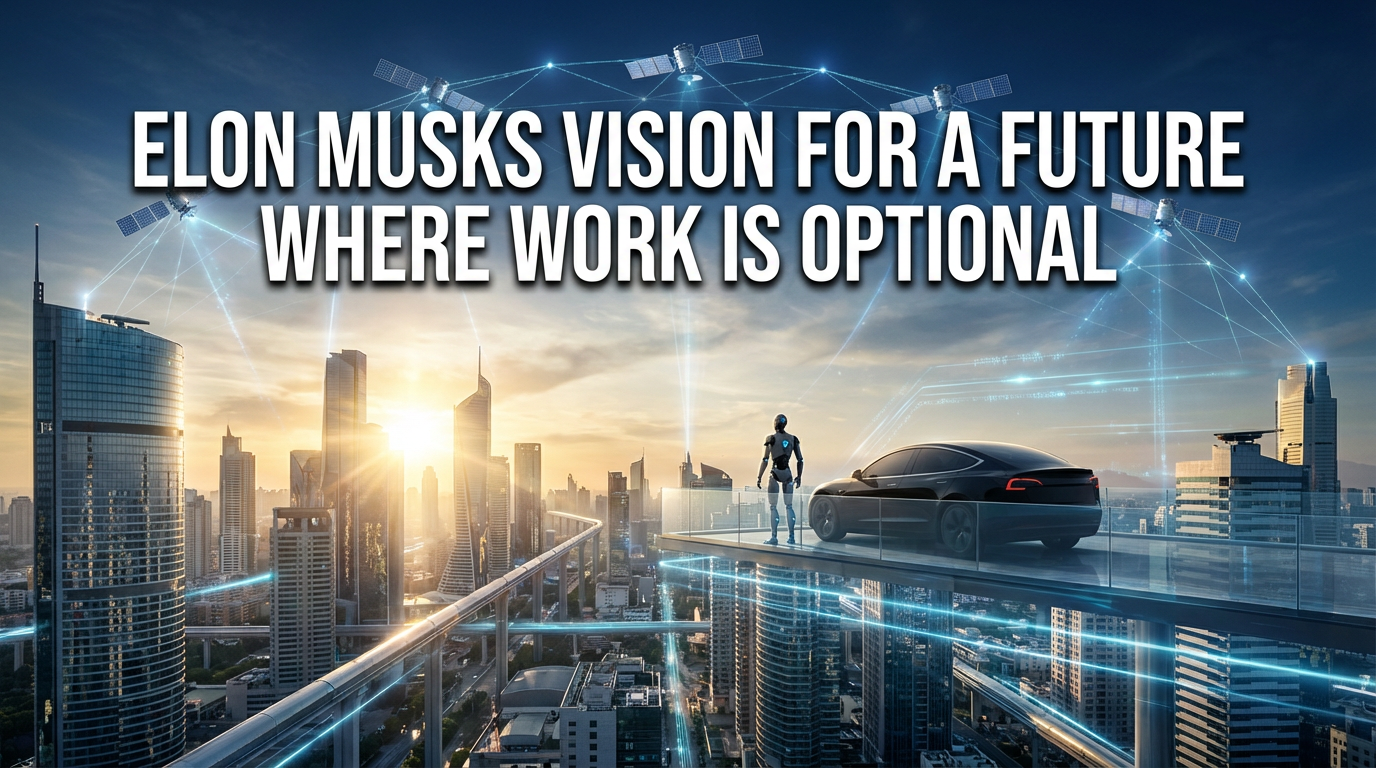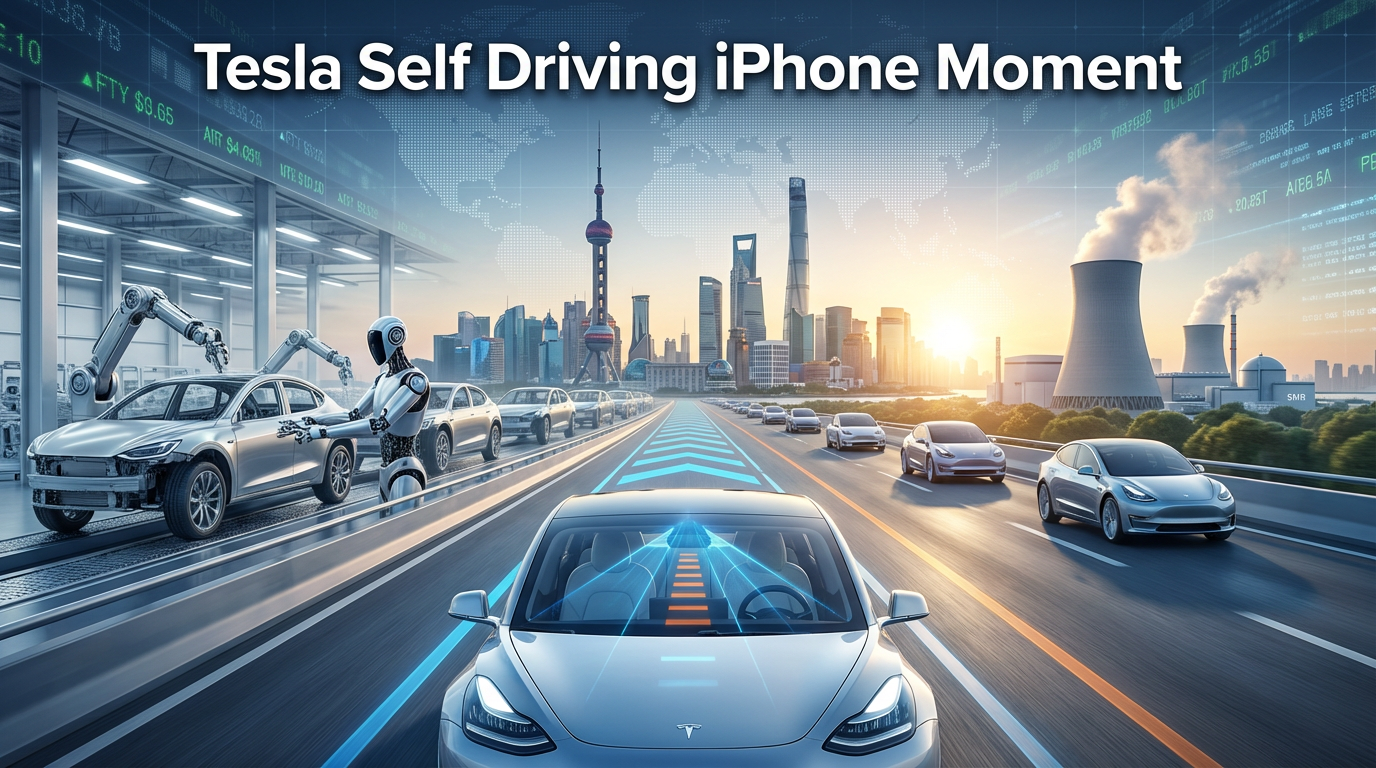● Market Shock, Trade War Turmoil, Tech Supply Crisis
Global Economic Instability Amidst Advances in Technology and Trade Wars: The Latest Solutions for AI Trends and the Fourth Industrial Revolution
Major Stock Market Declines and Market Shock
The Nasdaq experienced a sharp decline of -3.5% in just one day, delivering a significant shock, while the S&P index also fell by -2.7%, indicating a serious correction in the stock market overall.
In the futures market, an additional drop of about 1% has been recorded, further increasing investor anxiety.
Particularly, the plummet of cyclical stocks such as Apple, Amazon, and Tesla has accelerated the decline led by semiconductor stocks, with major semiconductor companies like MBD, Broadcom, AMD, and Qualcomm experiencing declines between 5% and 7%.
US-China Trade War and Escalating Additional Tariffs
Recently, former President Trump hinted at a tough response to trade issues related to China, warning that existing tariffs of 30% could rise to as high as 130% with an additional 100% tariff.
Furthermore, there are indications that an additional 25% tariff could be imposed on China’s oil imports from Russia and Venezuela, leading to the possibility of total tariff rates reaching an extraordinary 255%.
This trade war has gone beyond mere trade disputes, casting a significant shock across the global economy and raising concerns about the stability of the economy and supply chains going forward.
Impact on Advanced Technology Supply Chains and AI Trends
China’s control measures on rare earth elements are noteworthy.
China is preparing to impose export regulations on seven key elements used intensively in military and advanced technologies, such as electric vehicle motors, wind turbines, combat radar, semiconductor lasers, and MRIs.
Currently, China accounts for 60% of global rare earth mining and 85% of refining and processing, so if these measures are implemented, there could be significant supply disruptions in the advanced technology and Fourth Industrial Revolution sectors.
In the United States, companies like MP Materials, which focus on rare earth production, have seen their stock prices surge, highlighting their importance with collaborations involving the Department of Defense.
Strategic Responses in the Software and IT Ecosystem
The United States is attempting to exert influence over IT software-based technologies, including semiconductor design automation tools (such as Synopsys and Cadence), through export controls on software to China.
In addition, global software platforms that are core to the IT ecosystem, such as Autodesk, SAP, and the Android operating system, have been mentioned, raising concerns about how these policy changes might impact corporate performance and the economy as a whole.
However, experts forecast a high likelihood of market rebound in late October, coinciding with earnings season for major tech companies, despite the short-term volatility.
Future Outlook and Investment Strategies
Recent predictions indicate that the IT sector’s profit growth rate will reach 30.3%, while the S&P as a whole is expected to show a recovery trend of over 8%.
The potential for corporate earnings surprises and the establishment of structural recovery momentum in the global economy have been noted, suggesting that, despite the shocks from the trade war, there is a strong likelihood of normalization without major disasters.
Nevertheless, investors must remain vigilant in managing risks, especially in a situation where 10% of risk factors cannot be disregarded, making it crucial to monitor the latest AI trends and market developments.
Particularly, attention should be paid to issues regarding data centers, Nvidia, OpenAI, and new humanoid technologies, necessitating a thorough review of investment strategies based on advanced technologies.
[Related Articles…]Analysis of Latest Tariff TrendsOutlook on Latest Corporate Earnings
*Source: [ 월텍남 – 월스트리트 테크남 ]
– 애프터 추가 폭락중?… 또 속으시면 안됩니다 ㄷㄷ
● Quantum Computing Revolutionizes AI, Unleashing Economic Impact
Nvidia’s Entry into Quantum Computing: Impact on AI Trends and Global Economic Outlook
The Beginning of Quantum Computing and Industrial Transformation
Quantum computing technology has recently gained significant attention in the scientific community after receiving the Nobel Prize in Physics.
This technology operates by implementing the laws of quantum mechanics into electronic circuits to create qubits, initially remaining in the experimental stage but now entering the early phase of commercialization.
Companies are challenging areas that traditional computing methods have struggled with, such as drug development and solving material and energy efficiency issues, through quantum computing.
This article examines the key issues of quantum computing, including global economic outlook, AI trends, the movements of big tech companies, and the expansion of cloud computing infrastructure.
The Principle of Qubits and Technical Challenges
The core unit of quantum computing, the qubit, operates based on a superposition of 0 and 1, often likened to a thought experiment involving a cat’s life and death.
The ability to connect multiple qubits and perform massive calculations simultaneously is a strong point, but maintaining the quantum state (entanglement) stably is a significant challenge.
Currently, various technologies such as superconducting methods, ion traps, and photonic computing are competing, and research is underway to resolve issues of error rates and qubit stability.
In this process, quantum computing must overcome technical limits related to energy efficiency, miniaturization, and high levels of noise control.
Fusion of AI and Quantum Computing: The Era of Hybrid Computing
As AI technology becomes the core of all industries, quantum computing is being highlighted as a new innovative model in conjunction with AI.
A hybrid computing model that combines quantum computing with cloud computing infrastructure has emerged,
promising computation power that surpasses traditional GPUs and parallel processing capabilities.
In particular, AI quantum hybrid computing has high applicability in various fields such as drug development, financial algorithms, and smart logistics,
and it is expected to cause significant ripples across industries alongside strategic investments from big tech companies.
Strategic Investment Trends of Nvidia and Big Tech Companies
Recently, Nvidia has declared its entry into the quantum computing field by making a multi-billion dollar strategic investment in its subsidiary, Continuum.
This movement is interpreted as Nvidia’s intention to leverage the synergy of quantum simulations and parallel processing through its GPUs and CUDA libraries.
IBM, Google, and Microsoft are also actively developing their own quantum computing hardware and software platforms,
marking the onset of intense competition in technology and investments across the entire quantum computing ecosystem.
Future Global Economic Outlook and Investment Strategies
The convergence of quantum computing and AI trends is expected to have a significant impact on the future global economy.
Currently, we are still in the noisy intermediate-scale quantum (NISQ) era, but
it is anticipated that within 3 to 5 years, quantum security, cloud-based quantum services, and integration with AI will be realized.
As big tech companies begin to dominate the market around quantum infrastructure and software platforms,
there is a high possibility of an investment frenzy in the performance announcements of these companies.
Moreover, as quantum computing becomes practical and advances from hundreds to thousands of qubits,
the acceleration of innovative industrial restructuring using quantum simulations in drug development will be seen.
Key Points Not Covered in Other News
- Development status of technologies overcoming the error rates and noise issues of qubits that emerge at the early stage of quantum computing commercialization
- Nvidia’s strategy leveraging the synergy of quantum technology through GPU-based quantum simulations
- The impact of the complementary development of hardware, software, and application services on big tech investments and the M&A market
- Concrete scenarios of the spread of AI and cloud-based quantum hybrid computing models across industries
- Solutions for energy efficiency issues and related national and global regulatory triggers concerning quantum infrastructure investments
[Related Articles…]
Nvidia’s Investment Trends and Strategies
Future Prospects of Quantum Computing
*Source: [ 티타임즈TV ]
– “양자 안 된다”던 엔비디아까지 양자에 뛰어든 이유
● AI Revolution Shakes Global Economy
The upcoming AI revolution and the shocking changes in the global economy
The fusion of neuroscience and AI research – the foundation of AI development
Artificial neural networks, which mimic the functioning principles of the human brain, are the core basis of the AI revolution. Neuroscience and AI research have developed complementarily over the decades. Since the introduction of the concept of artificial intelligence in 1956, early efforts focused on simple problem-solving, but after decades of research, artificial neural networks began to imitate the way human neural connections work, driving innovation. In this way, AI technology has evolved by integrating various principles of brain functions into computational algorithms, establishing itself as the key “technological innovation” keyword at the heart of the global economy and the fourth industrial revolution.
Apple and AI – the challenge of transitioning from a traditional design company to an innovation technology leader
Unlike Apple’s past leadership in the mobile phone era, a completely different approach is necessary in the future AI-centric device market. Due to a culture that pursues perfection and a closed corporate ecosystem, Apple has shown limitations in adapting to the rapidly changing environment of the AI revolution. While other companies are testing various possibilities of software and AI technologies through beta testing and open-source-based rapid improvements, Apple is still adhering to its existing traditions.
Open source and foundation models – a major challenge for national competitiveness and technological independence
Recently, in the AI field, the development of large-scale foundation models has significantly impacted national competitiveness regarding the provision of open-source models. While foreign giant companies are investing substantial capital to build AI models, our country needs to focus on the development of “vertical AI” and customized foundation models with limited investment resources. By developing AI optimized for domestic language and culture, it is essential to secure competitiveness in the global economy and ride the wave of the fourth industrial revolution.
Artificial General Intelligence (AGI) and the future economy – the restructuring of jobs, productivity, and social structure
With the arrival of AGI (Artificial General Intelligence), there is a possibility that all intellectual capabilities of humans will be replaced, resulting in dramatic changes in the entire economy’s “economic outlook.” If AGI acquires self-learning abilities to improve itself, the value of labor will sharply decline, while the value of capital will be maximized, making a transition to a new capitalist regime inevitable. Along with this, innovative changes in future society, such as basic income, consumer-customized devices, and recommendation algorithms, are expected to progress simultaneously.
Economy, AI revolution, fourth industrial revolution, global economy, technological innovation
Based on the expertise in various fields, the fusion of neuroscience and AI research, the conflict between Apple’s traditions and the adoption of AI technology, strengthening national competitiveness through open-source and foundation model development, and the fundamental restructuring of the economy and social structure brought about by AGI are all key elements that will be major variables to transform the global economy and the fourth industrial revolution landscape within the next decade.
[Related Articles…] Prospects for the AI Revolution Future Technological Economy
*Source: [ 지식인사이드 ]
– “10년도 안 남았다.” 앞으로 세상을 지배할 충격적인 기술ㅣ지식인초대석 EP.70 (김대식 교수 1부)



